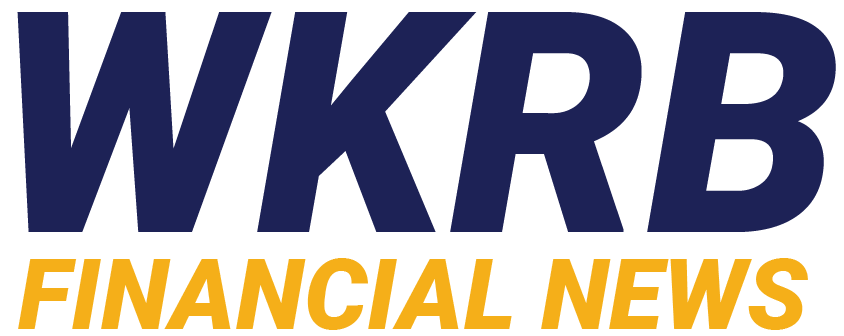 DG has had inconsistent revenue growth due to seasonal fluctuations, increased expenses, and a decrease in operating profit. Management has implemented various initiatives to improve margins, assess competitive positions, and mitigate risks, including economic factors and cybersecurity risks. Key performance indicators include same-store sales and inventory turnover, with a focus on generating shareholder value. Market share is under pressure from intense competition, and the company is proactively addressing potential threats and legal proceedings. Corporate governance emphasizes diversity and sustainability efforts, while forward guidance aligns with strategic initiatives for long-term growth and competitiveness.
DG has had inconsistent revenue growth due to seasonal fluctuations, increased expenses, and a decrease in operating profit. Management has implemented various initiatives to improve margins, assess competitive positions, and mitigate risks, including economic factors and cybersecurity risks. Key performance indicators include same-store sales and inventory turnover, with a focus on generating shareholder value. Market share is under pressure from intense competition, and the company is proactively addressing potential threats and legal proceedings. Corporate governance emphasizes diversity and sustainability efforts, while forward guidance aligns with strategic initiatives for long-term growth and competitiveness.
Executive Summary
Financials
Revenue growth has been inconsistent over the past three years. Factors driving this include seasonal fluctuations, increased expenses such as retail labor and interest rates, and a decrease in operating profit. Operating expenses have increased over the years due to factors such as wage rates and occupancy costs. DG invested in retail labor to enhance store standards. The expansion of the private fleet helped control supply chain costs. The company’s net income margin declined to $1,661,274 from $2,415,989. It is unknown how this compares to industry peers.
Management Discussion and Analysis
Management has implemented inventory shrink and damage reduction initiatives, pricing optimization, category management, distribution efficiencies, private brands, and global sourcing to improve margins. Initiatives include revising self-checkout, investing in retail labor, and leveraging digital tools. Success may vary. Management assesses competitive position by acknowledging intense competition on price, location, and technology. They highlight trends of online shopping adoption, mobile and digital technology advances, and potential market disruptions from new entrants or alliances. Management has identified economic factors, cybersecurity risks, and business continuity challenges. Mitigation strategies include regular risk assessments, oversight by the Audit Committee, internal and external audits, cybersecurity education, and monitoring of cybersecurity incidents and trends.
Key Performance Indicators (KPIs)
Risk Assessment
Economic factors such as high unemployment, inflation, and changes in disposable income pose risks to the company’s operations and financial performance. Regulatory changes in accounting standards could also impact financial performance. DG assesses and manages cybersecurity risks through a dedicated Chief Information Security Officer with extensive experience, third-party security risk management, oversight by the Audit Committee, internal and external audits, and cybersecurity education for board members. This comprehensive approach ensures a proactive stance in addressing potential threats. Yes, there are potential legal proceedings that could harm the company’s reputation and financial condition. DG is addressing these risks by disclosing them in their financial statements and being prepared for any potential outcomes.
Corporate Governance and Sustainability
The board of directors consists of Ana M. Chadwick, Warren F. Bryant, David P. Rowland, and Debra A. Sandler. There are no notable changes in leadership or independence mentioned. DG addresses diversity and inclusion through investing in diverse teams and empowering employees to bring their unique perspectives. There is a commitment to board diversity as demonstrated in the information provided about directors and executive officers. DG discloses its commitment to ESG matters like labor investments and compliance costs. It demonstrates responsible business practices by monitoring employee needs, ensuring legal compliance, and investing in sustainability efforts.
Forward Guidance
The company’s forward-looking guidance aligns with its strategic initiatives and priorities outlined in the annual report, focusing on factors that could impact future results. By providing transparency about potential risks and uncertainties, the company aims to inform investors and stakeholders about the potential outcomes and mitigate undue reliance on projections. DG is factoring in economic factors like high unemployment, inflation, and consumer debt levels into its forward-looking guidance. To capitalize on these trends, they plan to offer lower margin product choices to accommodate customers with limited disposable income. Yes, the company’s forward-looking statements include plans for long-term growth, focusing on future opportunities and initiatives. This demonstrates a commitment to strategic shifts and investments aimed at ensuring competitiveness in the market.
For more information:
This article was created using artificial intelligence technology from Klickanalytics.
